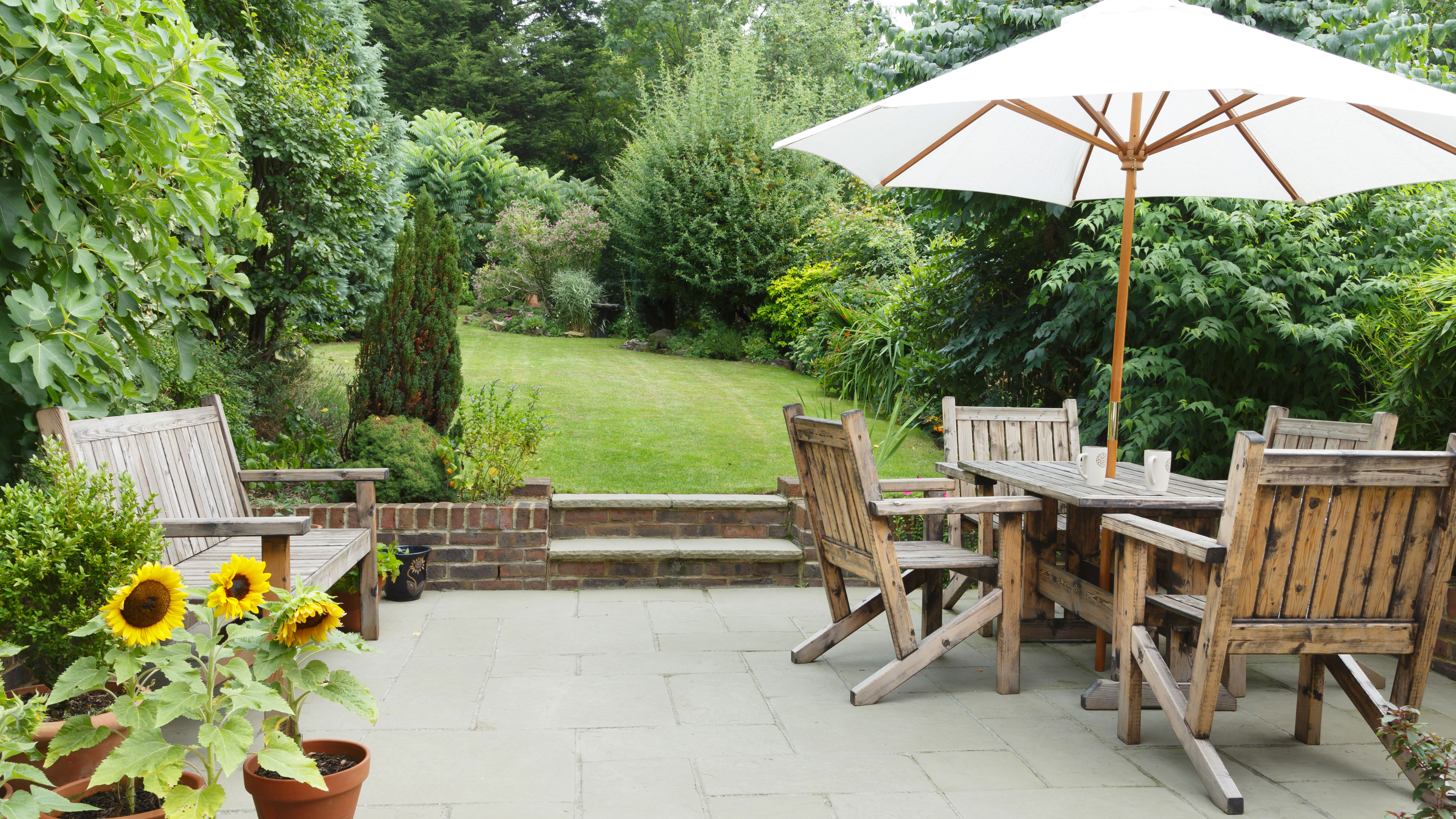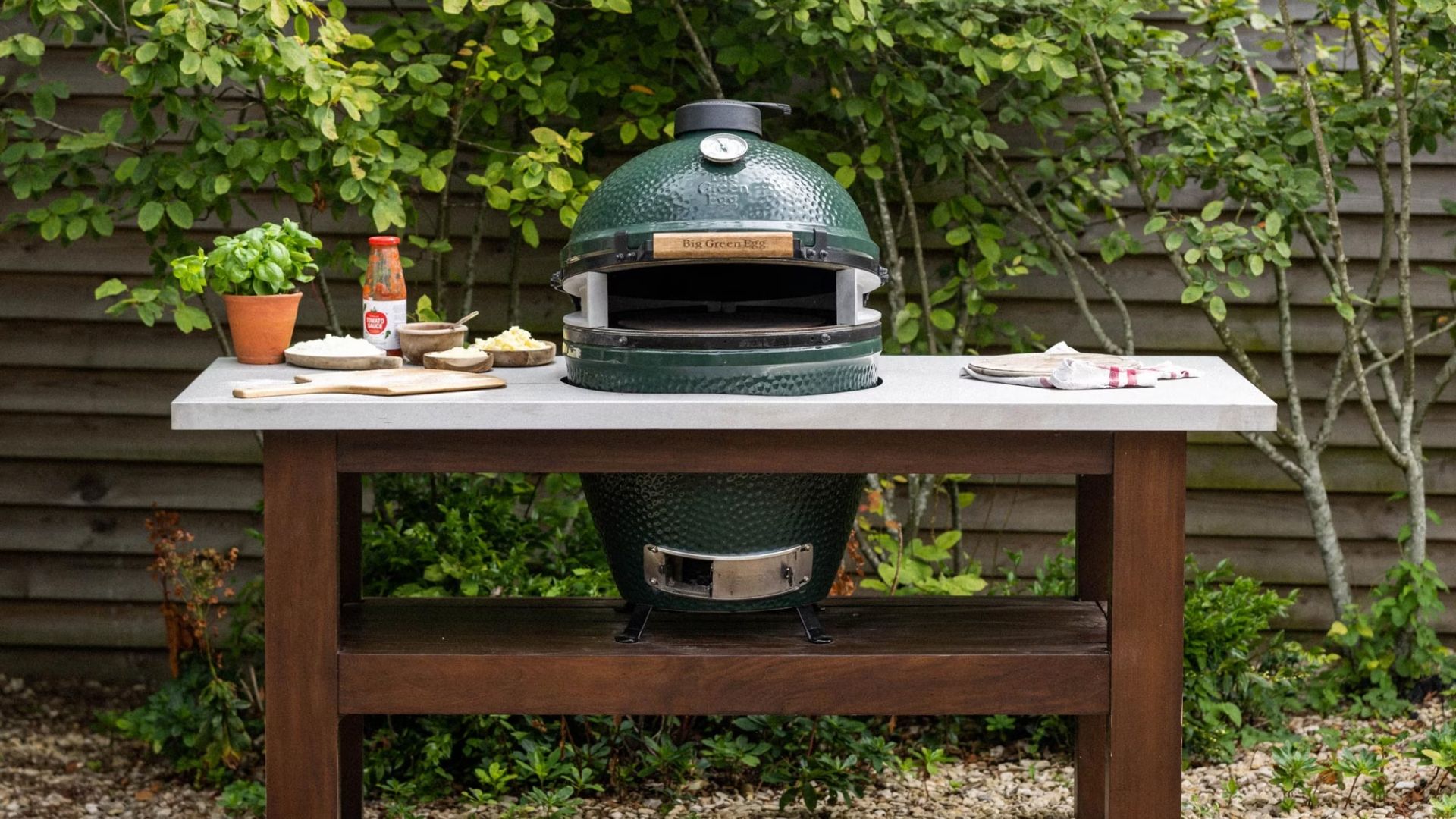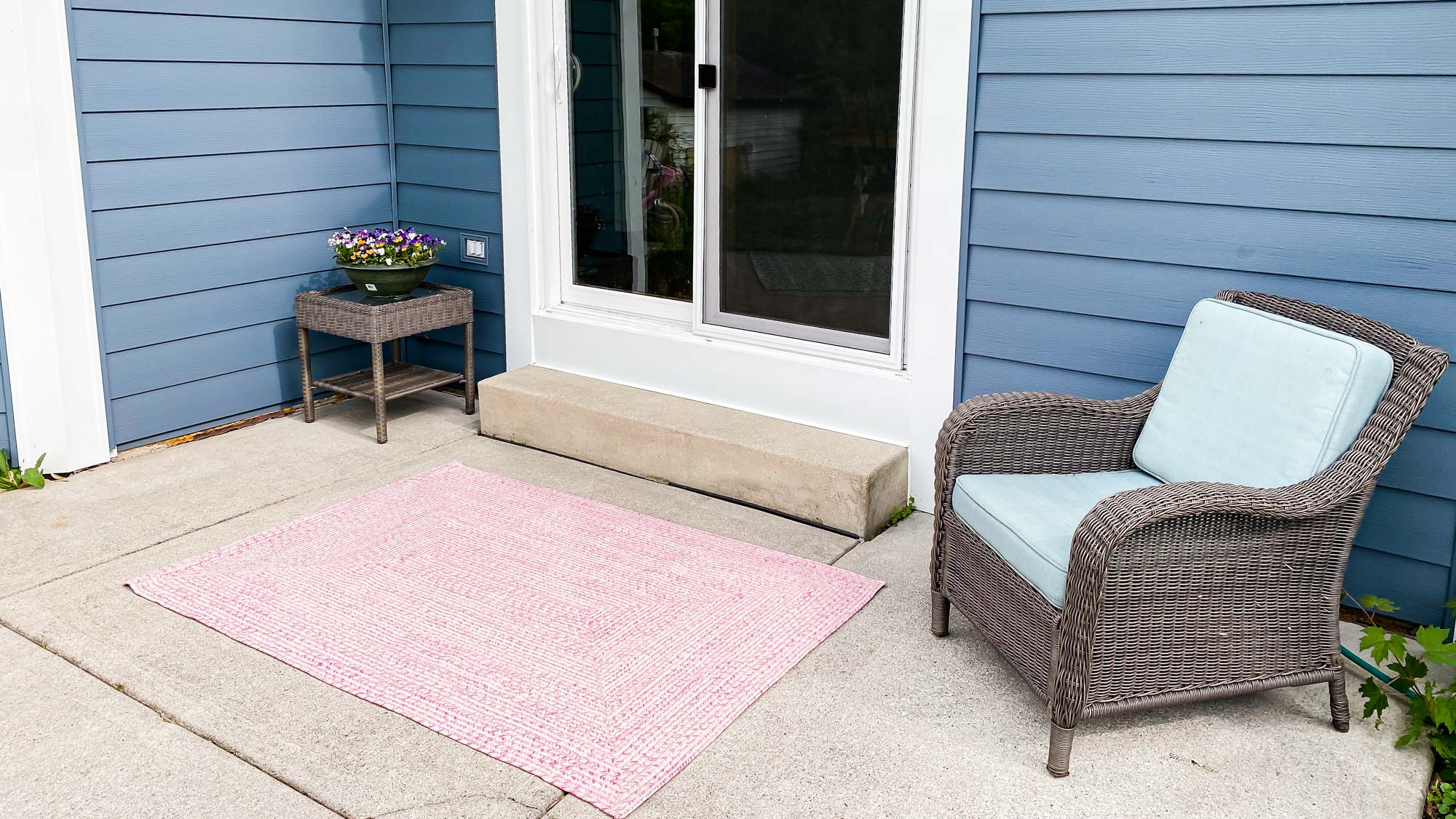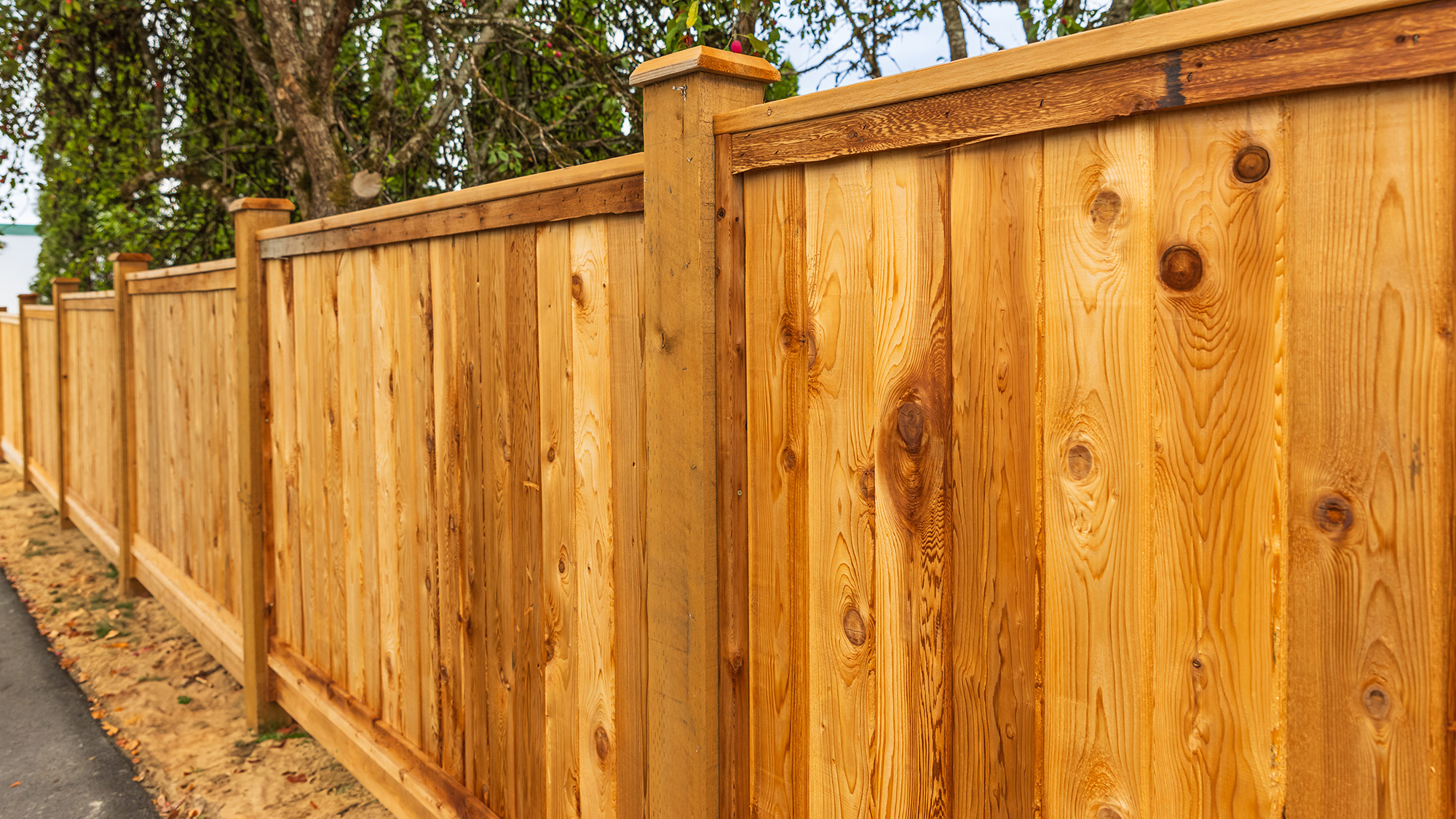Homeowners urged to secure their yards for storms this weekend — here's what to do

Storm season brings relentless rain and damaging gusts that can wreak havoc on gardens. Loose furniture becomes airborne projectiles, fences collapse under wind pressure, and unprotected decking suffers moisture damage that takes months to repair. And once November arrives, it's time to start preparing for those winter storms that can take hold unexpectedly. According to experts, this weekend is the perfect time to take action.
Many garden fences and structures are in poor condition, making them vulnerable to collapse or serious damage during storms. Older fences with weakened posts, untreated wood, and a lack of proper reinforcement are particularly at risk when high winds arrive.
Taking action before storms hit prevents costly damage and dangerous situations. Jimmy Englezos, DIY expert at Ronseal, shares his top tips for protecting gardens against extreme weather.
1. Secure flight risk items

Garbage cans, plant pots, and outdoor decorations are common casualties in extreme weather. Take smaller items inside if they can't be secured down properly. Bigger items like shed roofs and trampolines should be anchored to surfaces or moved to a more protected area of the yard.
"As time-consuming as taking furniture in and out of storage like sheds can be, it's necessary to keep it safe from high winds and rains," Englezos explains. "Although some garden furniture can withstand extreme weather, it can be worse for wear when left out, so it's always best to pop it away before a big storm."
Items that seem heavy can still become dangerous in strong winds. Trampolines are particularly notorious for lifting and traveling significant distances during storms, potentially causing property damage or injury.
2. Scrub wooden furniture before storing

Wipe down wooden furniture with a stiff brush and hot soapy water before storing to prevent fungal spores from developing. Allow furniture to dry completely, then oil it with a garden furniture protector.
This treatment makes the wood waterproof and helps reduce cracking, peeling and discolouration. According to Englezos, "Some signs of water damage in wooden furniture are discolouration, mould growth, warping and a damp, musty smell."
Pick a warmer day for this task, as protector should be applied in temperatures above 50°F / 10°C with no predicted frost or rainfall. Proper treatment before storage prevents damage that would otherwise occur during months of damp conditions.
3. Pack garden furniture away properly

Focus on lighter items such as deck and seating chairs that can be picked up in the wind. These can cause significant damage if they go through windows during storms.
Before storing furniture in a shed or garage, make sure it's completely dry —otherwise mould can form on wooden pieces. "Rain can affect furniture in different ways depending on the material," notes Englezos. "Metal garden furniture is prone to rust and corrosion which results in a discoloured, flaky, orange-brown appearance. Corrosion can also cause it to look blue or green."
If storage space is limited, use a piece of elasticated cord to tie pieces of furniture together and secure them to the garden so they can't fly away. And clear all items from decking to prevent them from damaging the wood surface.
4. Fix broken fences before storms arrive

Fences are particularly vulnerable in extreme weather, and unsecured ones are at massive risk of being damaged or blown away.
Englezos emphasizes the importance of proactive fence maintenance: "To avoid this, before the strong weather kicks in, conduct fence maintenance checks and look for posts that are wobbly or unsecured, making sure these are removed or replaced."
Put decorative holes in the fence such as a diamond pattern to cut the wind and put less strain on the structure. You can also place hedges or tall trees on the upwind side of the fence to create a natural windbreak.
5. Seal decking with weather-repellent protection

Apply a liquid sealant or decking stain to protect the wood from harsh weather as it blocks moisture from entering. Sweep the decking with a stiff broom before applying to remove debris, leaves and dirt so the treatment can work into the grooves.
Pick a clear day with temperatures above 50°F / 10°C for application, and make sure any old treatments have been cleaned off to make the stain as effective as possible.
Sealing is vital for protecting wood against storm damage. "Sealing the decking with a liquid sealant or decking stain is vital for protecting the wood against harsh weather as it will block moisture from entering the wood," Englezos says.
Follow Tom's Guide on Google News and add us as a preferred source to get our up-to-date news, analysis, and reviews in your feeds. Make sure to click the Follow button!
More from Tom's Guide
- How to protect your garden from early frost this fall
- This Martha Stewart-approved trick shows you how to protect your trees
- I tried 'lawn forking', the garden hack that makes more sense than it sounds
Get instant access to breaking news, the hottest reviews, great deals and helpful tips.

Kaycee is Tom's Guide's How-To Editor, known for tutorials that skip the fluff and get straight to what works. She writes across AI, homes, phones, and everything in between — because life doesn't stick to categories and neither should good advice. With years of experience in tech and content creation, she's built her reputation on turning complicated subjects into straightforward solutions. Kaycee is also an award-winning poet and co-editor at Fox and Star Books. Her debut collection is published by Bloodaxe, with a second book in the works.
You must confirm your public display name before commenting
Please logout and then login again, you will then be prompted to enter your display name.
